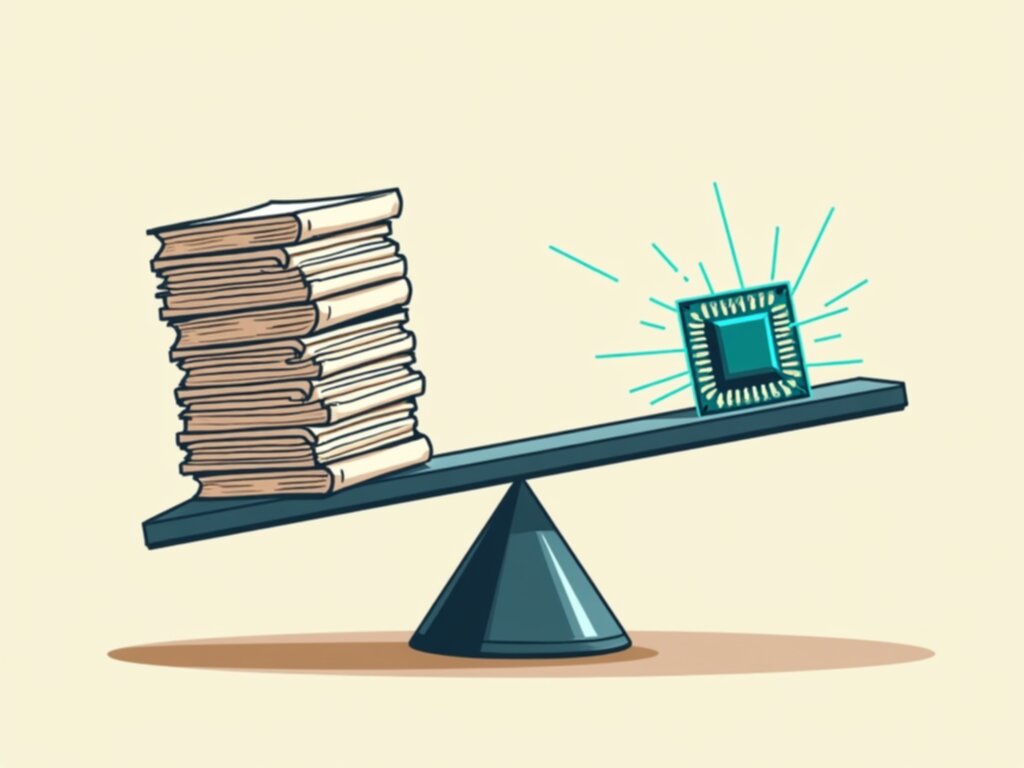NSW Fair Trading's Digital Patent Verification System A 2024 Analysis of Consumer Protection Technologies

The digital transformation of government services often feels like a slow-motion train wreck, full of legacy systems groaning under the weight of modern expectations. But sometimes, a specific agency manages to implement something genuinely interesting, something that shifts the power dynamic slightly back toward the individual user. I’ve been tracking the operational shifts within New South Wales' regulatory bodies, particularly where technology intersects with consumer defense mechanisms. What caught my attention recently was the rollout—or perhaps the maturation—of NSW Fair Trading’s Digital Patent Verification System. It sounds dry, I know, but think about the sheer volume of transactions involving supposedly certified goods or services in a major economy. If verification is slow, opaque, or reliant on paper trails, the consumer is always at a disadvantage when disputes arise. This system promises a direct, verifiable link between a product’s claim and its registered status, moving beyond mere sticker applications.
My initial reaction was skepticism; government IT projects rarely deliver seamless utility. However, looking at the architecture they appear to have settled on—a secure, perhaps blockchain-adjacent ledger for immutable record-keeping of local approvals—suggests a serious attempt to address transactional opacity. This isn't just about confirming a license exists; it seems aimed at providing near real-time validation that the specific item presented matches the certified specifications approved by the regulator. Let's pause for a moment and reflect on that implication: a consumer, armed with a mobile device, potentially bypassing layers of sales rhetoric to confirm regulatory compliance instantly. That changes the friction point in the marketplace considerably, moving verification from a post-purchase complaint activity to a pre-purchase diligence step.
Here is what I think distinguishes this specific implementation from other state-level digital upgrades I've observed. The core utility seems to reside in the API accessibility, or at least the public-facing query portal, which allows third-party applications to check the status without needing direct government credentials. This moves the verification function out of the regulator's office and into the hands of the marketplace itself—think comparison shopping apps or even point-of-sale systems flagging potential discrepancies before the money changes hands. I’ve spent some time mapping out the data schema they are reportedly using, and it appears they are linking the patent or certification number directly to the authorized distributor list and the approved scope of work for that specific approval period. If this linkage holds up under load and remains tamper-proof, it severely restricts the lifespan of counterfeit or mislabeled goods circulating in the retail environment. We must remember that regulatory compliance documentation is often the first thing fakers attempt to replicate poorly, making a verifiable digital signature incredibly potent as a deterrent.
Let's dig into the practical engineering choice here, because that's where the rubber meets the road regarding consumer protection efficacy. They seem to have prioritized query speed and data atomicity over exhaustive historical archiving in the initial public-facing layer, which makes sense for transaction validation at the point of sale. This suggests a tiered data structure, where the immediate verification data is highly optimized for rapid lookup, perhaps cached securely at regional nodes. The system forces manufacturers or importers to actively register their compliance artifacts digitally upon entry or production, creating a digital paper trail that actively rejects analog fraud attempts. If a seller claims a particular air conditioning unit meets the 2024 efficiency standard, a simple scan should pull up the exact test results linked to that serial number batch, assuming the manufacturer played ball. The real test, of course, lies in how quickly the system flags non-compliant entries or, more critically, how swiftly corrections are propagated when an existing certification is revoked due to, say, a later discovered safety fault. A slow update mechanism renders the entire system merely a snapshot of past compliance, not a real-time shield.
More Posts from patentreviewpro.com:
- →AI Transforms Patent Review Efficiency
- →IP Validation Methods in Patent Review 7 Key Technical Approaches Used by USPTO Examiners in 2024
- →UK IPO Launches New AI-Powered Patent Classification System in October 2024
- →The Role of Patent Lawyers in Safeguarding Innovation A 2024 Perspective
- →New Design Search Codes Introduced by USPTO for Improved Trademark Classification in 2024
- →Canadian Patent Law and Confidentiality Agreements Key Considerations for Inventors